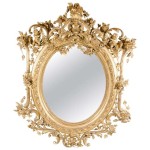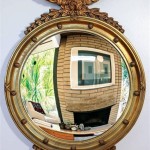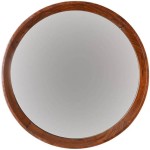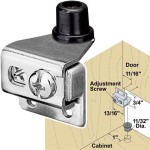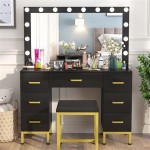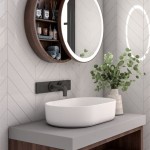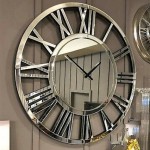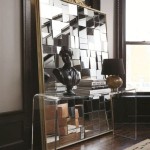How Do You Make a Two-Way Mirror?
A two-way mirror, also known as a one-way mirror or half-silvered mirror, appears reflective on one side and transparent on the other. This seemingly magical property isn't due to complex materials or intricate manufacturing processes, but rather a simple principle of light reflection and transmission. This article explores the creation and functionality of these fascinating optical devices.
The Principle of Partial Reflection
The core concept behind a two-way mirror lies in partial reflection. Regular mirrors reflect nearly all incident light. A two-way mirror, however, has a thin metallic coating, often made of silver or aluminum, applied to a glass surface. This coating is so thin that it only reflects a portion of the light striking it, typically around 50%. The remaining light passes through the glass.
The Importance of Lighting Discrepancies
The illusion of one-way visibility is achieved through a significant difference in lighting levels between the two sides of the mirror. The brighter side appears reflective because the reflected light overwhelms the small amount of light transmitted from the darker side. Conversely, the darker side appears transparent, allowing observation of the brighter side because the transmitted light is more prominent than the reflected light.
The Manufacturing Process
Creating a two-way mirror involves applying a very thin, uniform layer of metallic coating onto a glass surface. This process, called vacuum deposition, takes place in a vacuum chamber. The metal is heated until it vaporizes, and this vapor condenses onto the glass, forming an extremely thin and even layer. Controlling the thickness of this metallic layer is crucial for determining the reflectivity and transmissivity of the final product.
Materials Used in Two-Way Mirrors
The most common material for the reflective coating is metallic silver, although aluminum can also be used. The glass substrate typically used is standard float glass, chosen for its optical clarity and flatness. Other materials, such as acrylic, can be used in place of glass, particularly in applications where weight or shatter resistance are important factors.
Applications of Two-Way Mirrors
Two-way mirrors find applications in a variety of settings, including:
- Security and surveillance: Observation rooms and hidden cameras utilize two-way mirrors to allow unobtrusive monitoring.
- Entertainment and illusions: Stage magic often incorporates two-way mirrors to create illusions of disappearance or appearance.
- Scientific research: Two-way mirrors are used in psychological studies and experiments involving observation.
- Architectural design: In some architectural applications, two-way mirrors can create unique visual effects and enhance privacy.
- Teleprompters: Teleprompters use two-way mirrors to allow presenters to read their script while appearing to look directly at the camera.
Distinguishing a Two-Way Mirror from a Regular Mirror
Identifying a two-way mirror can be challenging but possible. One method is the "fingernail test." Place your fingernail against the reflective surface. If there is a gap between your fingernail reflection and your actual fingernail, it's likely a regular mirror. If your fingernail appears to touch its reflection directly, it might be a two-way mirror. However, this method isn't foolproof and relies on the thickness of the glass and the lighting conditions.
Limitations of Two-Way Mirrors
While effective under specific lighting conditions, two-way mirrors are not perfectly one-way. Some light is always reflected from both sides. If the lighting difference between the two sides is reduced, the observational effect diminishes, and the mirror becomes more like a standard partially reflective surface. Complete darkness on the observation side is crucial for maintaining the illusion of one-way visibility.

Easy Ways To Make A One Sided Mirror With Pictures Wikihow

Easy Ways To Make A One Sided Mirror With Pictures Wikihow

Easy Ways To Make A One Sided Mirror With Pictures Wikihow

Making An Infinity Mirror With Two Way Acrylic Cut Plastic Sheeting

Easy Ways To Make A One Sided Mirror With Pictures Wikihow

Make A 2 Sided Desktop Infinity Mirror 14 Steps With Pictures Instructables

How To Make A Two Way Mirror

Two Way Mirror Dome Complete Guide To See Thru Mirrors

What Is Two Way Mirror How To Make A Purpose Of Using The Engineer S Blog

Dont Use Two Way Mirror But Mercury 80 Make A Diy Magicmirror Forum

